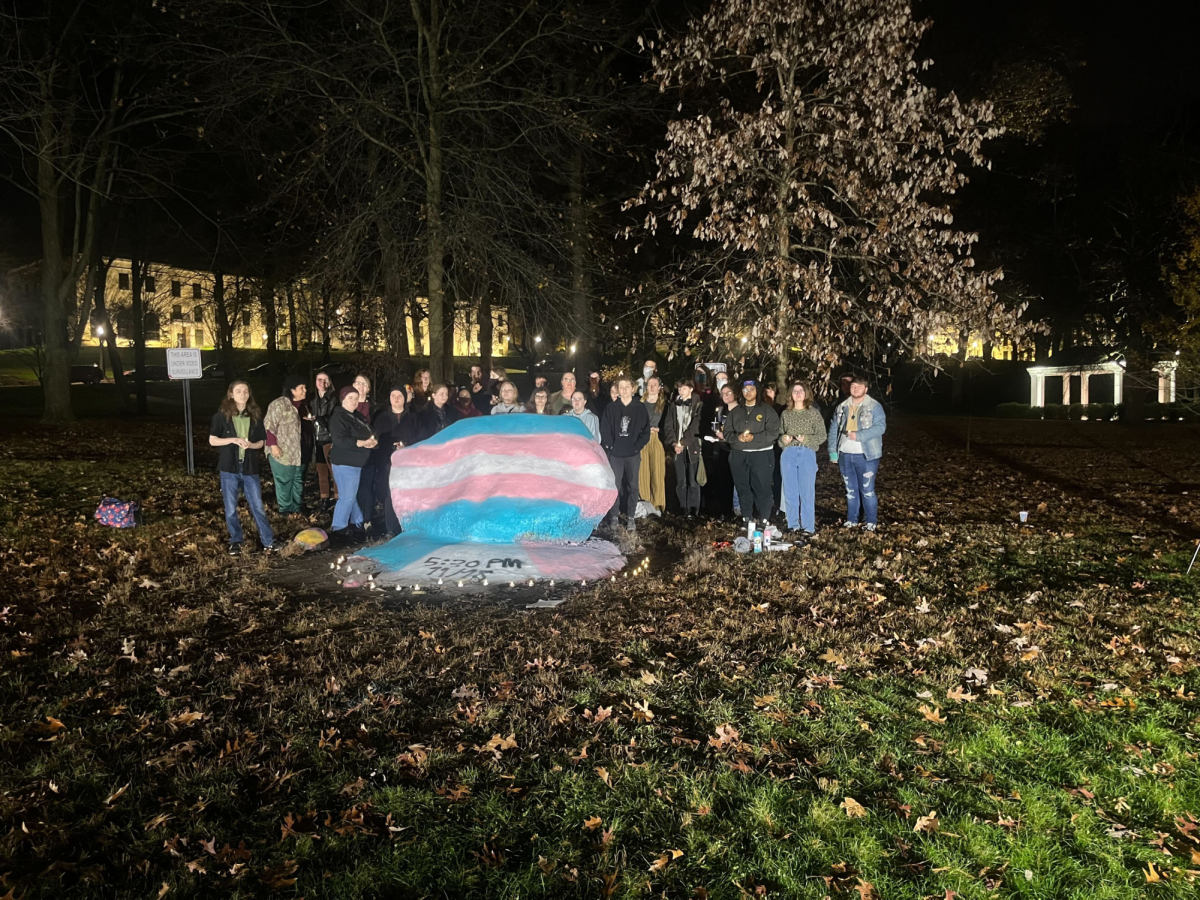Many Black students on Kent State’s campus expressed their experiences facing academic hurdles, socioeconomic challenges and income inequality in the American educational system.
“An institution is supposed to serve students,” said senior Africana studies major and Director of Political Affairs and Grievances for Black United Students (BUS) Dimaya Mayfield. “The university should have better initiatives when involving students of color and other students of marginalized identities in the decision-making that impacts them.”
“I wish the university would work with students directly and have actual dialogue within our communities to see what we need,” Mayfield said.
According to Kent’s Fall 2023 student data, 8.4% (2,343) of Kent’s 27,906 undergraduate students are Black or African American across all Kent campuses.
“Attending a predominantly white institution (PWI) can be very overwhelming because of the lack of representation throughout certain departments,” senior finance major and president of Male Empowerment Network, Shane Reese said. “Making sure that we have those student organizations that create awareness and ensure we feel that we belong here [is important].”
Charmaine Crawford, associate professor of Africana studies and director of the Center for the Institute for African American Affairs, said the role of student groups and university administration in creating an inclusive environment for Black students is pivotal across campus. Student retention issues and concerns about how Kent State has been marketing the slogan “You Belong Here” are becoming more apparent within the university, she said.
“Just because you have a voice doesn’t mean everyone is going to hear it, and I think that is the biggest problem with Kent State University,” Reese said. “We have all of these organizations that have done so much and are a huge part of Kent State’s history, but the acknowledgement is very much cut short.”

A’kyra Holley, a senior peace and conflict studies major and director of Women of Color and Advancement for Sister Circle said the university needs to address microaggressions to ensure a safe and inclusive environment. These instances may seem small but have a significant impact on the Black student population, she said.
“[Kent State] provides us with an environment that is safe, yes,” Holley said. “I wouldn’t say that the whole campus is safe for us, but that they gave us a safety corner with places like Oscar Ritchie Hall and Student Support Services, Student Multicultural Center, Sister Circle, M.E.N., and SALSA that give us a home.”
Holley said there is a need for more integration and representation across the campus as there is a “segregation of spaces,” she said.
There are a lot of resources available on campus such as BUS and the Student Multicultural Center, but those resources are only beneficial if students are aware of their existence, Mayfield said.
Mayfield encourages incoming freshmen to utilize Kent’s resources and find the spaces on campus where they will feel represented.
“There’s a lot of responsibility put on students to represent those spaces; it’s not championed by the university as it should be,” Mayfield said.
Senior Vice President of Student Life Dr. Eboni Pringle said the university has made efforts to inform students about these spaces through training and involvement in admissions tours, and said that while certain spaces are focused on specific populations, these spaces are open to all students.
“The university is focused on building community across identities, so that we all feel like we belong here and we all feel safe in different spaces,” Pringle said.
Reese said incoming Black students are encouraged to join organizations for students of color as they provide valuable experiences and opportunities. These include but are not limited to Intercultural Greek Council (IGC) organizations, The Black United Students (BUS) chapter, Male Empowerment Network (M.E.N.) and Sister Circle.
“There’s a bigger power in peer-to-peer,” said Dr. Yvonna Washington-Greer, assistant vice president of equity, identity and success.
With 5.71% or 332 out of 5,814 faculty, staff and graduate assistants identifying as Black or African American across all Kent campuses, students feel they oftentimes navigate conversations about the Black experience alone in class.
Holley said her experience pursuing peace and conflict studies at Kent as a Black woman is unique because there aren’t a lot of other Black women pursuing the same courses, and there should be more discussion on why that is. “Most of my classes are filled with white women,” she said.
Crawford said it is important to give voice to the experiences of Black students and address systemic issues.
“We just wish that Kent State gave us the opportunity to have a bigger spotlight and put a spotlight on our achievements as a community,” Reese said.
Pringle and Washington-Greer highlighted the importance for ongoing dialogue and collaboration to address concerns and improve the student experience.
“Talk to us about what you’ve experienced, what you have been a part of and what you have not been a part of,” Washington-Greer said. “Let’s talk about [the student] journey and where we might be able to help them individually, but also if they’re speaking on the behalf of others, how might we help them collectively.”
Lauren Bischof is a beat reporter. Contact her at [email protected].
Correction: This article has been updated to properly reflect the context of A’kyra Holley’s quote.









